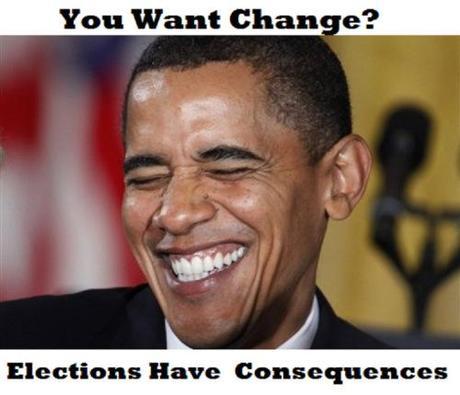
The United States of America is the world’s largest single national economy, with the largest nominal gross domestic product (GDP) estimated to be $17.15 trillion as of April 2014 — approximately a quarter of the nominal global GDP — as well as the largest purchasing power parity GDP, approximately a fifth of the global total.
____________
Note: Nominal global GDP is the GDP calculated at market or government official exchange rates which does not take into account differences in the cost of living in different countries. Purchasing power parity GDP takes into account differences in costs of living.
____________
The gross domestic product (GDP) is one the primary indicators used to gauge the health of a country’s economy. It represents the total dollar value of all goods and services produced over a specific time period – you can think of it as the size of the economy. Usually, GDP is expressed as a comparison to the previous quarter or year. For example, if the year-to-year GDP is up 3%, this is thought to mean that the economy has grown by 3% over the last year.
A significant change in GDP, whether up or down, usually has a significant effect on the stock market. It’s not hard to understand why: a bad economy usually means lower profits for companies, which in turn means lower stock prices. Investors really worry about negative GDP growth, which is one of the factors economists use to determine whether an economy is in a recession.
By that measure, instead of the media-trumpeted economic recovery, the United States either has fallen into another recession or we never got out of the Great Recession that resulted from the 2007-2008 financial crisis.
Reuters reports (via CNBC), June 25, 2014, that the Commerce Department said instead of 1% growth it had reported last month, America’s GDP actually decreased at a 2.9% annual rate, the economy’s worst performance in five years.
The federal government’s initial estimate in April had the economy expanding at a 0.1% rate, whereas economists thought the economy contracted by 1.7%. Instead, the economy was far worse than either the government or economists had thought, shrinking by almost 3%. Sharp revisions to GDP numbers are not unusual as the government does not have complete data when it makes its initial and preliminary estimates.
While the Obama regime blames the economy’s woes on an unusually cold winter, severe weather could have accounted for only a maximum of 1.5 percentage points fall from GDP growth in the first quarter. That suggests other factors were at play beyond the weather, including:
- A “weaker pace” of healthcare spending (Obamacare) than previously assumed, which in turn caused
- Less consumer spending, which increased only 1% instead of the expected 3.1%. Consumer spending accounts for more than two-thirds of U.S. economic activity.
- A larger trade deficit due to an 8.9% decrease in exports instead of the expected 6% decrease.
Nor does the outlook for the second quarter look optimistic because of anemic retail sales and housing starts, as well as an unexpected fall in orders for durable goods in May.
~Eowyn

